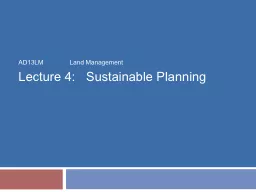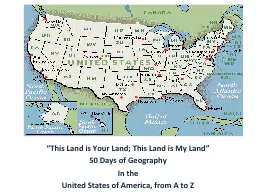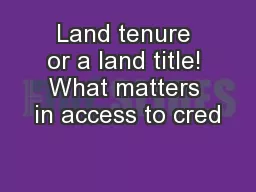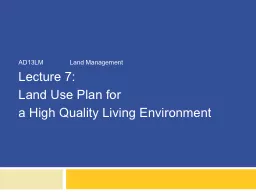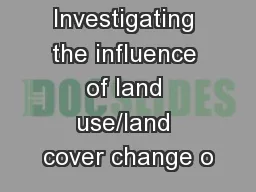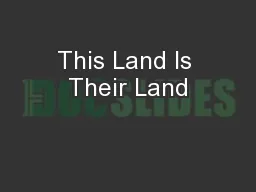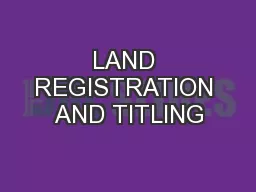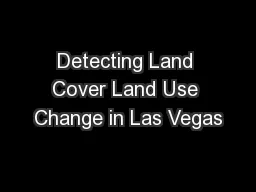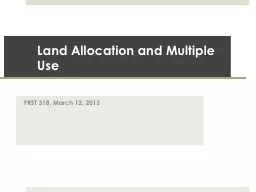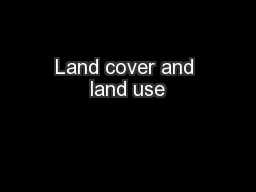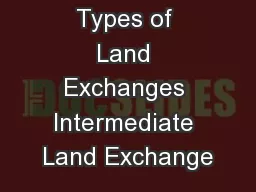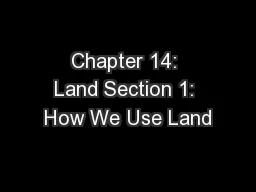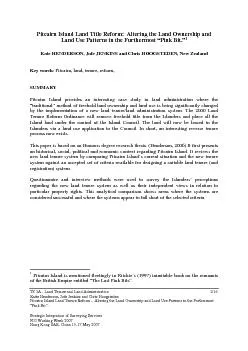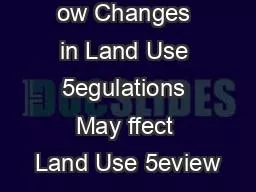PPT-AD13LM Land Management
Author : min-jolicoeur | Published Date : 2017-04-01
Lecture 4 Sustainable Planning Need for change inefficient land use Fragmented landscapes No access to proper housing healthcare jobs and good schools Suburban
Presentation Embed Code
Download Presentation
Download Presentation The PPT/PDF document "AD13LM Land Management" is the property of its rightful owner. Permission is granted to download and print the materials on this website for personal, non-commercial use only, and to display it on your personal computer provided you do not modify the materials and that you retain all copyright notices contained in the materials. By downloading content from our website, you accept the terms of this agreement.
AD13LM Land Management: Transcript
Download Rules Of Document
"AD13LM Land Management"The content belongs to its owner. You may download and print it for personal use, without modification, and keep all copyright notices. By downloading, you agree to these terms.
Related Documents

